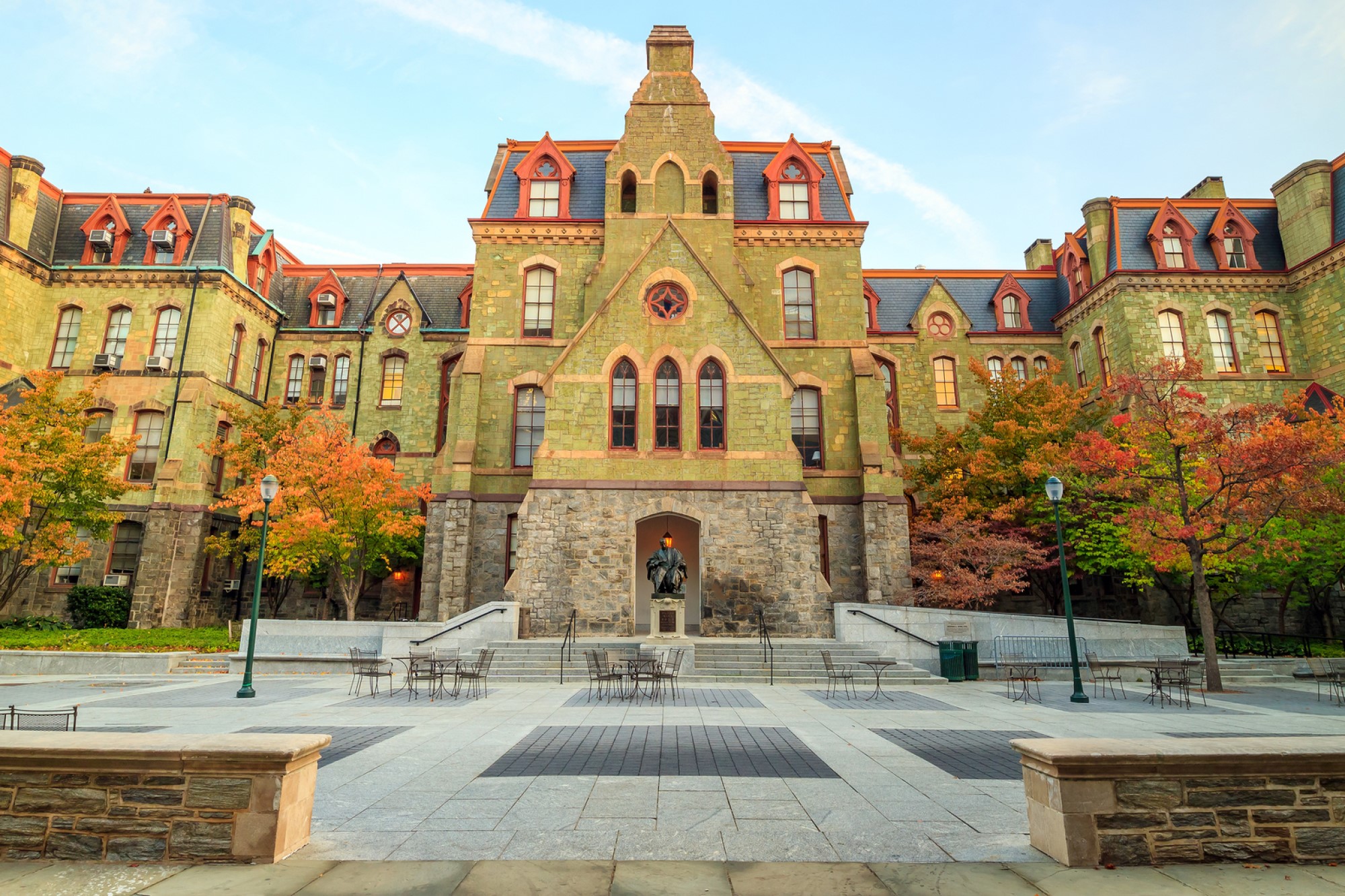Universities and the Burdens of Risk

To bring students back to the university is to knowingly expose them to risk of a dangerous disease when such exposure is avoidable. This is morally objectionable on a variety of fronts. The risk of contracting COVID-19 and the seriousness of its potential health outcomes make it very different from the realities we typically accept by engaging in other everyday activities. It is clear that COVID-19 poses a higher risk of death than other coronaviruses. A variety of underlying conditions can lead to deadly outcomes, and we do not have a comprehensive understanding of the conditions that may lead to the virus’ lethality. Even when the virus does not cause death, the respiratory impact of contracting it has put a significant burden on patient’s long term health, and can lead to the need for hospitalization and incubation for breathing support. The long-term effects of the illness even for those lucky enough to avoid these outcomes are still unknown, but appear to persist past initial recovery and seem to include lung damage and potential stroke and brain complications.
One of the most concerning things, given these serious outcomes of the virus, is how contagious it is. Because of this, there have been efforts to distance members of societies affected by the virus across the globe (with the US notoriously falling behind).
Despite the serious issues involved in contracting the virus, in order to keep society safe and healthy, multiple segments of society need to continue to interact with one another and the public. There are, of course risks for pharmacists, doctors, grocery store workers, and the essential workers that produce and distribute the necessary products that keep a society running.
When there are necessary risks, there is a responsibility of a society to support those people that are exposing themselves to these risks on the behalf of the members of society that require their services to continue in health and safety. When someone takes on a burden in order to keep you safe and healthy, we typically think either a moral obligation is formed, or, more minimally, it would be appropriate to be grateful, or, in compromise, to be obligated not to put people in a scenario where they must accrue further risks in order to maintain your safety.
We can consider non-pandemic scenarios that support these intuitions. An extreme case would if you chose to sky-dive (knowingly taking on a risk) with a tandem guide. The partner is jumping with you, exposing themselves to risk to keep you safe. As a beginner, you rely on the tandem partner for your safety. It would be morally wrong of you to act so as to put the tandem partner at further risk.
In circumstances where others are placing themselves at risk for your benefit and you knowing accept that relationship, it is wrong to exacerbate that exchange of burdens (their risk) and benefits (the service they are offering at their sacrifice).
This minimization of risk exposure supports the narrowing of operations and functioning of businesses activities in our society until we can mitigate the risk to one another that gathering together would pose. By opening your doors for business, you are posing a risk to your employees, and by frequenting the business, you are posing a risk to the fellow patrons and employees of the business. With risks like those associated with COVID-19, this threat is significant enough that such behavior, when it is avoidable and unnecessary, is morally problematic.
When a group of people comes together for activities like taking a cruise, or attending a university, the moral assessment of risk is different than for these essential operations. Universities expose students, faculty, and staff to a high risk of contracting the disease because, like cruise ships, the amount of personnel required to keep food, board, courses, and administration functioning is immense and it all occurs in relatively small areas, every day. These are specialized activities that are voluntary, and so they significantly differ from the necessary operations that provide food and services to a society to keep people safe and healthy.
Universities have acknowledged the liability issues in the Fall, perhaps most obviously by seeking legal shields or waivers from students returning to campus. However, at the end of May, according to a survey conducted by the Chronicle of Higher Education, over 2/3 of universities planned to bring students back to campus for the upcoming term. This strategy attempts to redirect the institutional burdens of risk assessment and decision-making back onto individuals.
This parallels the situation where individual businesses are placed when there is a lack of governmental or higher legislation regarding managing risk. Without a policy dictating when it is permissible to have non-essential services enter back into the risk-exchange of societal functioning, individual businesses are left to weigh the risk of their employees, their impact on societal spread, etc. Government oversight makes the decision on the basis of overall risk that society faces, which is the level at which the risk of disease exists. When individuals need to determine what risks they are willing to bear against other priorities, their choices become coercive – the cost of businesses closing due to lack of government assistance, the pressure to open when other businesses are doing so and thereby losing competition in the market, etc. By changing the systemic problem of the risk to society into individual problems of how to navigate that risk based on individual priorities, privileges, and disadvantages, we face structural injustice.
Universities face this very problem in determining the just distribution of systemic risk. Should they pursue universal policies to protect everyone regardless of privileges, priorities, or disadvantages, or should they leave individuals to navigate these decisions themselves. Giving individuals the opportunity to choose a remote-learning track does not mitigate the moral burden of universities offering face-to-face (on-campus) learning. In offering this choice, universities have simply transformed an institutional obstacle into a problem for individuals to navigate on their own. But this choice offered individuals cannot be read as an assumption of risk; these choices are not commensurable. University systems were designed for those able and willing to opt for on-campus, f2f learning, signaled by the university to be optimal.
The instructors that have opted for f2f learning have created a difference in course delivery that puts a burden on students who would ideally choose not to return to campus in their selection of courses. The disparity in support services that are optimally delivered while on-campus would also create distance between those students who return and those that cannot or would choose to avoid the risk of returning to campuses that admit the risk to which they are exposing all present.
A statement from the American Anthropological Association emphasized how the default f2f policies undermined the equitable access to education that would result for minority and underserved populations:
“Given the disproportionate representation of COVID-19 infection and death in Black and brown communities, university policies and practices that emphasize in-person work and teaching run the risk of compounding the impact of racial inequity. These policies also risk endangering already-marginalized members of university communities, including staff and contingent faculty, who are less likely to have the option to take time away from work. As a matter of equity and ethics, while we acknowledge the financial challenges colleges and universities face because of the pandemic, we encourage university administrators to keep the health and safety of marginalized people at the forefront of their decisions.”
Finally, there is the question of liability on the part of universities for allowing students back on their campuses. As noted above, some universities are seeking “liability shields” for the health risks facing their students, staff, and instructors this Fall. Despite taking precautions against the contagious virus, there are no foolproof measures that can be taken against contracting this illness, especially at a campus with students living, eating, and studying in such close proximity. It is difficult to imagine such a group acting in ways outside of the classroom that would significantly reduce the spread of the virus when research has shown that, among the young, this disease has not been taken very seriously since its very onset.
But these failings do not absolve the universities of liability for what happens on their campus. What students do in their lives has a different legal status than what they do in sanctioned activities and conditions condoned by an institution. Further, by acknowledging the likelihood of risky behavior on the part of students, a university also acknowledges that it is putting staff and instructors at greater risk than if they did not return to campus.
There is a legal and moral responsibility to provide a working environment that is safe to employees. The risk of contracting this virus is significant, due to its rate of contagion and health outcomes. With this risk of contracting a serious illness, and the coercive environment created by the justice issues raised above, universities do not satisfy this condition of safe work environments by having students, staff, and instructors return to campus. At a time when we have a moral obligation to behave in ways to mitigate the spread of the virus, or at the very least not exacerbate its spread, 2/3 of universities are taking steps to actively put students, staff, and instructors in positions that make them more vulnerable to contracting and spreading this illness.




